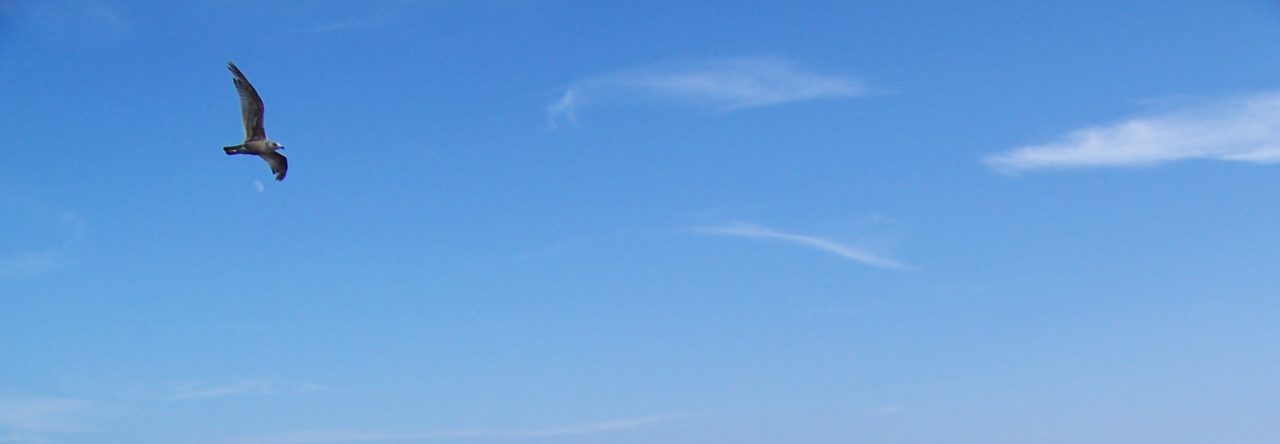
Recently I took a 7-week walkabout to 12 cities in Europe. My fourth stop was Dresden, Germany. Dresden was the place where there was a blip in my planning. I decided to stay just two nights in Dresden and my main day of sightseeing was May 1, which I discovered after my plans were in place was a national holiday. Most places were closed and many cities, including Dresden, had protests regarding labor issues. Fortunately for me, I was able to see some interesting things, walk around the city, and keep a respectful distance from the protests, which were all, from what I could see, non-violent.

Residenzschloss (Royal Palace) 
I stayed at the Ibis Budget located in the Altmarket Gallerie in the old part of town. My 20-minute walk from the train station took me through a series of large outdoor malls on Prager Strasse that were built in the 1960’s to help the city recover from the devastating bombing and fires the city sustained during WWII. The buildings were originally plain, block style, colorless buildings built for functionality in post-war Eastern Germany. More recently, store owners have been allowed to add color and individual branding to the stores. At the end of the outdoor mall area was the Altmarket Gallerie, which may be one of the largest indoor malls I’ve been in, right in the center of the city. I’m not a shopper, but even I was in awe of the variety of shops, which evidently draw visitors from many cities.
After I checked in, I walked through Old Town, across the Augustus Bridge to New Town and back. I discovered a great street market a block from my hotel. Unlike street markets at home with their temporary tents, each business occupied a small cottage like wooden structure. As I reached the bridge over the River Elbe, there were views of some amazing older buildings such as the Katholiche Hofkirche (Dresden Cathedral).

Katholiche Hofkirche 
Palace of Culture Mural 
Parade of Nobles 
Open Market
Fortunately, Zwinger Palace (Wetton Dynasty) was open on the holiday. The palace is an amazing reconstruction of the destroyed Baroque Style buildings. The site is comprised of the Crown Gate with its gold top; the palace grounds; a museum for the dynasty’s porcelain collection; the Masters’ Museum; the Glockenspiel Pavilion; and more. Visitors can also walk up three stories to the walkway that goes around the tops of the buildings, giving a great view of other amazing structures in the city such as the Residenzschloss (Royal Palace).

Glockenspiel Pavilion 
Crown Gate

Much of the artwork and porcelain was protected during the war by storing it in mines and cellars in the countryside, but the Russian government seized a large amount of it for retribution after the war. After Stalin’s death in 1953, many items were returned to Dresden in an effort to win over the Eastern German citizens.
The Frauenkirsch Church (Church of Our Lady) in Neumarkt Square is considered to be ‘the soul of the city’. It was built in 1743. A portion of the church was bombed during WWII and reconstruction began after the reunification of Germany in 1994 and was completed in 2005. The gold cross on the top of the church was funded by the British people and the House of Windsor. In the same area is a statue of Martin Luther.

I spent the late afternoon on the Bruhische Terasse, which is promenade overlooking the Elbe River. It was once a defense rampart, but now it’s a lovely place to stroll or sit and watch the riverboats on the water.

Although my visit was brief, I saw some beautiful things in Dresden, and got a sense of the amazing resilience of the people there who have rebuilt their city from a pile of rubble; who have gone to great lengths to reconstruct historical buildings as they were before the war; and in the process have created a beautiful city that seems to be thriving in today’s Germany.
Next stop – Prague!




